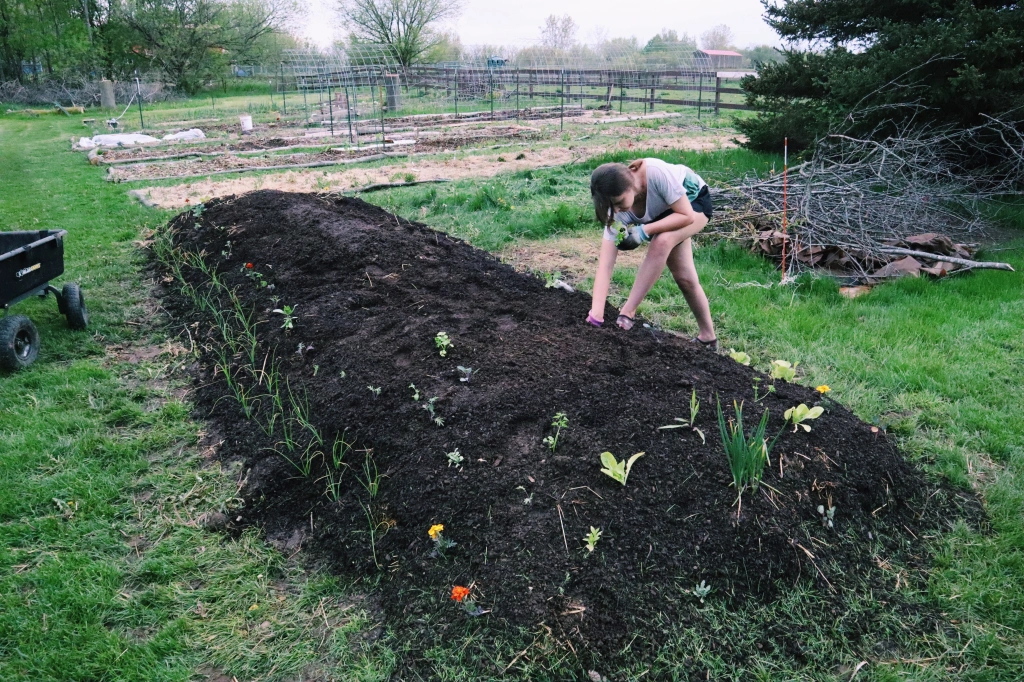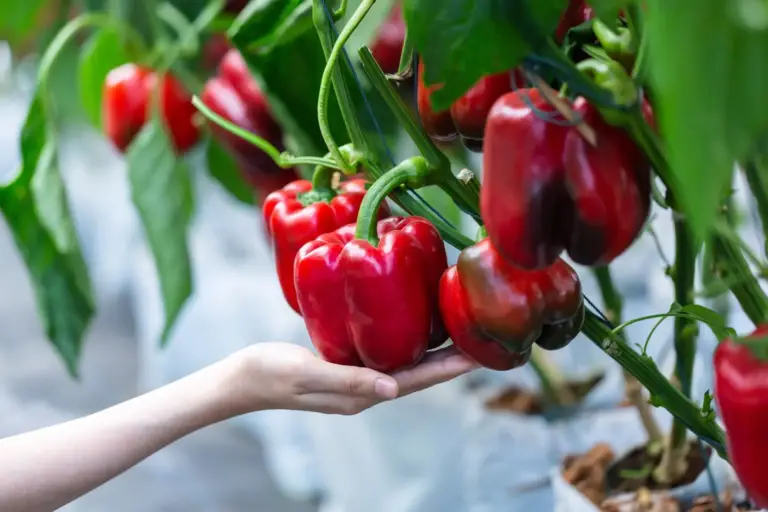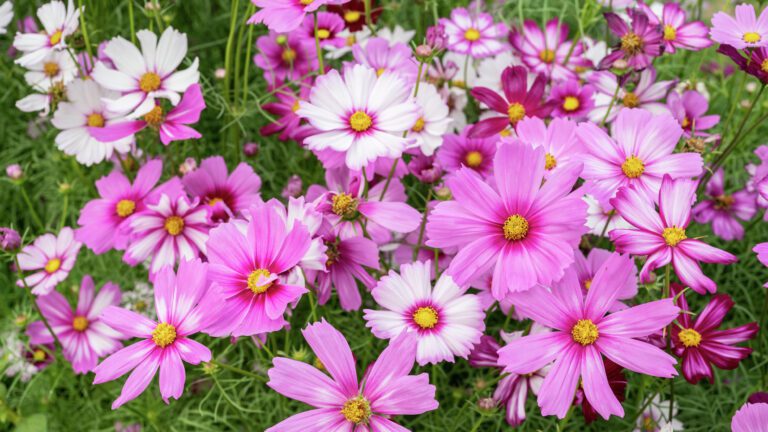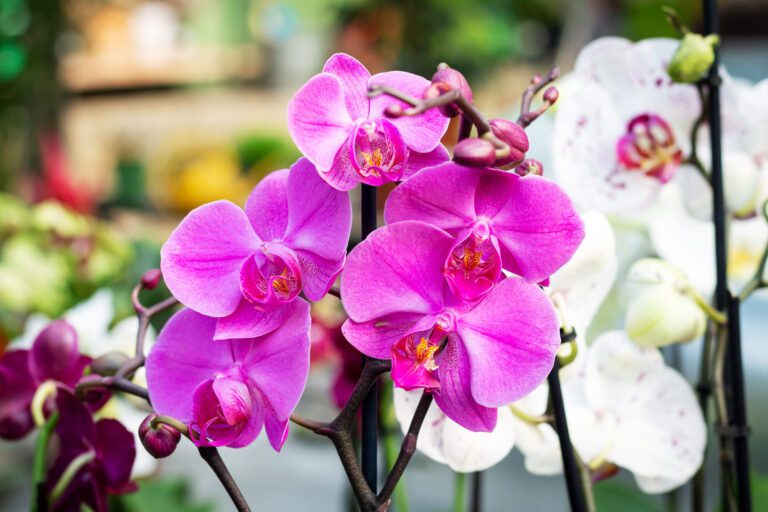Hugelkultur Gardens: A Comprehensive Start-to-Finish Guide
Table of Contents
The Importance of Soil Preparation: Preparing the Ground for Your Hugelkultur Bed
Section: The Importance of Soil Preparation: Preparing the Ground for Your Hugelkultur Bed
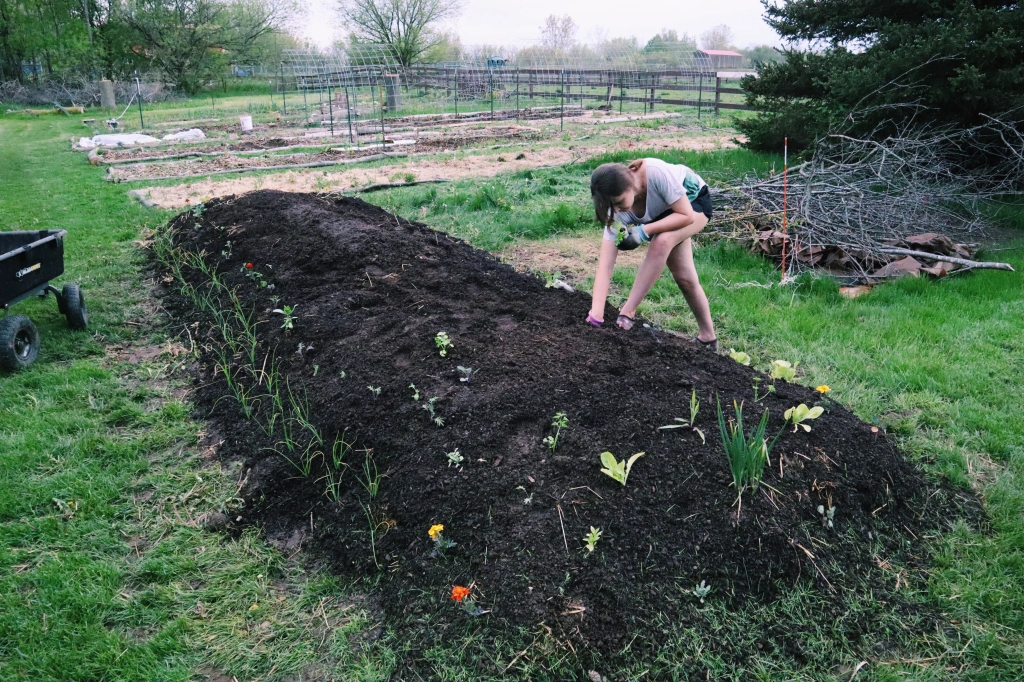
When it comes to creating a successful hugelkultur bed, soil preparation plays a crucial role. The quality of the soil directly affects the growth and productivity of your plants, making it essential to take the time to properly prepare the ground before constructing your bed.
One common question that arises is whether it is necessary to remove the existing vegetation before starting the hugelkultur process. While it is not mandatory, experts recommend clearing the area of any grass, weeds, or other plants that may compete with your desired crops. This step prevents competition for resources such as sunlight, water, and nutrients, allowing your plants to thrive. Some gardeners choose to dig up the existing vegetation, while others prefer smothering it with cardboard or a thick layer of mulch. Whichever method you choose, ensure that the bottom layer of your hugelkultur bed is clear of any unwanted plants to create a favorable growing environment for your crops.
Another frequently asked question pertains to the ideal soil composition for a hugelkultur bed. While hugelkultur beds are known for their ability to improve soil fertility over time, starting with a balanced soil mix is crucial for initial plant establishment. To create the optimal soil composition, a combination of quality topsoil, organic matter (such as compost or well-rotted manure), and a generous amount of coarse organic material (such as wood chips, branches, or tree trimmings) is recommended. This composition ensures a well-draining bed with the right balance of nutrients, moisture retention, and aeration for your plants to thrive.
In the next sections, we will discuss the best planting strategies, irrigation methods, weed management, and natural approaches for pest and disease control in your hugelkultur garden. Each aspect plays a vital role in maintaining the health and productivity of your plants, ensuring that your gardening efforts yield fulfilling results. So, let’s delve deeper into these areas to maximize the potential of your hugelkultur bed.
Planting Strategies for Hugelkultur Gardens: Best Practices for Optimal Plant Growth and Yield
When it comes to planting strategies for hugelkultur gardens, following best practices is essential for optimal plant growth and yield. One important aspect to consider is the selection of the right plants for your garden. It is crucial to choose plants that are well-suited to your specific climate, soil type, and sunlight conditions. By selecting the right plants, you can ensure that they will thrive in your hugelkultur bed and produce abundant harvests.

Another key practice is proper spacing between plants. It is important to give each plant enough room to grow and spread its roots. Overcrowding can lead to competition for nutrients and water, which can hinder plant growth. On the other hand, spacing plants too far apart can result in wasted space. Finding the right balance is crucial to maximize the use of your hugelkultur bed and optimize the growth and yield of your plants.
Furthermore, it is essential to consider the timing of planting. Understanding the recommended planting dates for different crops is vital for success. Some plants thrive in cooler temperatures, while others prefer warmer conditions. By planting at the right time, you can take advantage of favorable weather conditions and provide your plants with the optimal environment for growth.
Additionally, incorporating companion planting techniques can be beneficial for your hugelkultur garden. Certain plant combinations can enhance each other’s growth, repel pests, and improve overall plant health. For example, planting marigolds alongside tomatoes can help deter harmful insects, while beans can enrich the soil with nitrogen, benefiting neighboring plants.
Remember, while these planting strategies are essential for optimal plant growth and yield in hugelkultur gardens, it is important to adapt them to the specific needs and conditions of your garden. Experimenting and learning from your own experience will ultimately lead to the best results.
Irrigation Methods for Hugelkultur Gardens: Ensuring Proper Moisture Levels for Your Plants
To ensure proper moisture levels in your Hugelkultur garden, it is crucial to implement effective irrigation methods. While Hugelkultur beds are known for their ability to retain moisture due to the presence of decaying organic matter, it is still important to provide adequate hydration to your plants. This is especially true during dry spells or in areas with limited rainfall.

One common irrigation method for Hugelkultur gardens is drip irrigation. This system involves using a series of hoses or tubing with small holes that deliver water directly to the base of each plant. Drip irrigation not only conserves water but also ensures that moisture reaches the plants’ roots where it is needed most. By avoiding overhead watering, which can lead to excessive evaporation and potential fungal diseases, drip irrigation promotes healthier plant growth and reduces the risk of water-related issues.
Furthermore, another effective irrigation technique for Hugelkultur gardens is the use of mulch. Applying a layer of organic mulch, such as straw or wood chips, around your plants helps to retain soil moisture by reducing evaporation and regulating temperature. Mulch acts as a protective barrier, preventing water from evaporating too quickly and allowing it to penetrate the soil more effectively. Additionally, mulch helps to suppress weed growth, which in turn reduces competition for water and nutrients among your plants.
Implementing proper irrigation methods in your Hugelkultur garden is essential for maintaining optimal moisture levels and promoting healthy plant growth. By utilizing techniques such as drip irrigation and mulching, you can ensure that your plants receive adequate hydration while conserving water and minimizing the risk of water-related issues. With these strategies in place, your Hugelkultur garden will thrive and provide you with bountiful harvests season after season.
Managing Weed Growth in Hugelkultur Gardens: Strategies for Maintaining a Healthy and Weed-Free Garden
Weed growth can be a common problem in any garden, including Hugelkultur gardens. However, with proper strategies and maintenance, you can keep your Hugelkultur garden healthy and weed-free. One effective strategy is to regularly mulch your garden beds. Applying a layer of organic mulch, such as straw or wood chips, can help smother weed growth by blocking sunlight and preventing weed seeds from germinating. Additionally, mulch helps retain soil moisture and suppress weed growth by creating a barrier between the soil and the surrounding environment.
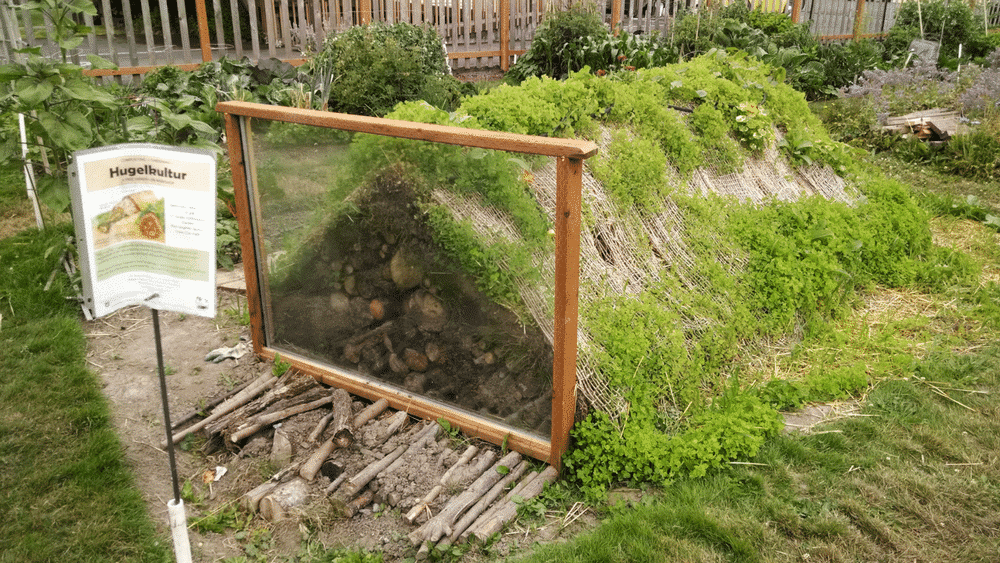
Another effective approach to manage weeds in Hugelkultur gardens is through hand weeding. Regularly inspect your garden beds and manually remove any weeds that have managed to sprout. It is important to pull out the entire weed, including the roots, to prevent regrowth. Hand weeding can be time-consuming, but it is a natural and efficient way to control weed growth without the use of chemicals. Plus, it allows you to closely examine your plants for any signs of damage or disease, ensuring the overall health of your Hugelkultur garden.
Pest and Disease Control in Hugelkultur Gardens: Natural Approaches for Protecting Your Plants
One of the key advantages of hugelkultur gardens is that they promote natural pest and disease control. By creating a healthy and diverse ecosystem, you can reduce the risk of pests and diseases infesting your plants. However, it is still important to be proactive in protecting your garden. Here are some natural approaches you can take to keep pests and diseases at bay in your hugelkultur garden:
1. Companion planting: Intercropping certain plants can help repel pests or attract beneficial insects that prey on them. For example, planting marigolds around your vegetables can deter aphids, while attracting ladybugs that feed on them. Similarly, growing herbs like basil and thyme can repel mosquitoes and other unwanted insects. Consider researching companion plants that are suitable for your specific region and the plants you are growing in your hugelkultur garden.
2. Proper sanitation: Keeping your garden clean and free of debris can help prevent disease outbreaks. Remove fallen leaves, fruits, and vegetables from the ground, as they can harbor pests or pathogens. Regularly inspect your plants for any signs of disease or pests, and promptly remove affected leaves or plants to prevent further spread. Additionally, practice good garden hygiene by sterilizing your tools regularly to avoid cross-contamination between plants.
By implementing these natural approaches, you can maintain a healthy and thriving hugelkultur garden, free from pest and disease problems. Remember to monitor your plants regularly and make adjustments as needed to ensure their well-being.
What is hugelkultur gardening?
Hugelkultur gardening is a method of creating raised garden beds by layering organic material, such as logs and branches, with soil. This creates a nutrient-rich environment for plants to grow.
Why is soil preparation important in hugelkultur gardens?
Soil preparation is important in hugelkultur gardens because it helps create the right conditions for plant growth. This includes loosening the soil, removing any weeds or debris, and adding compost or other organic matter to improve fertility.
What are the best planting strategies for hugelkultur gardens?
The best planting strategies for hugelkultur gardens involve selecting appropriate plants for the specific conditions of your garden, properly spacing the plants to allow for optimal growth, and providing adequate support for climbing plants.
How should I irrigate my hugelkultur garden?
Irrigation in hugelkultur gardens can be done through various methods, such as drip irrigation or hand watering. The key is to ensure that the moisture levels in the soil are consistently maintained, without overwatering or creating waterlogged conditions.
How can I manage weed growth in my hugelkultur garden?
Managing weed growth in hugelkultur gardens can be achieved through mulching, regular weeding, and using organic weed control methods, such as hand pulling or using vinegar-based herbicides.
What are some natural approaches for pest and disease control in hugelkultur gardens?
Natural approaches for pest and disease control in hugelkultur gardens include promoting biodiversity, using companion planting to deter pests, employing physical barriers, such as netting or row covers, and practicing good garden hygiene by removing and disposing of any infected or infested plants promptly.
How can I identify and treat common pests and diseases in hugelkultur gardens?
Identifying and treating common pests and diseases in hugelkultur gardens involves regular monitoring of plants for signs of damage, such as chewed leaves or wilting, and researching specific pests and diseases to determine the most effective natural methods of control, such as introducing beneficial insects or using organic sprays.
Are there any organic insecticides or fungicides that can be used in hugelkultur gardens?
Yes, there are organic insecticides and fungicides available that can be used in hugelkultur gardens. These include neem oil, insecticidal soap, and copper-based fungicides. It is important to follow the instructions on the product labels and use these products sparingly and only when necessary.
How often should I inspect my hugelkultur garden for pests and diseases?
It is recommended to inspect your hugelkultur garden at least once a week for pests and diseases. Early detection is key to effective control, so regular monitoring will help you identify any issues before they become severe and spread to other plants.
Can I use chemical pesticides and herbicides in my hugelkultur garden?
While it is possible to use chemical pesticides and herbicides in a hugelkultur garden, it is generally not recommended as it goes against the principles of organic gardening. Chemical pesticides can harm beneficial insects and contaminate the soil, impacting the overall health of the garden. It is best to explore natural and organic alternatives for pest and weed control.

